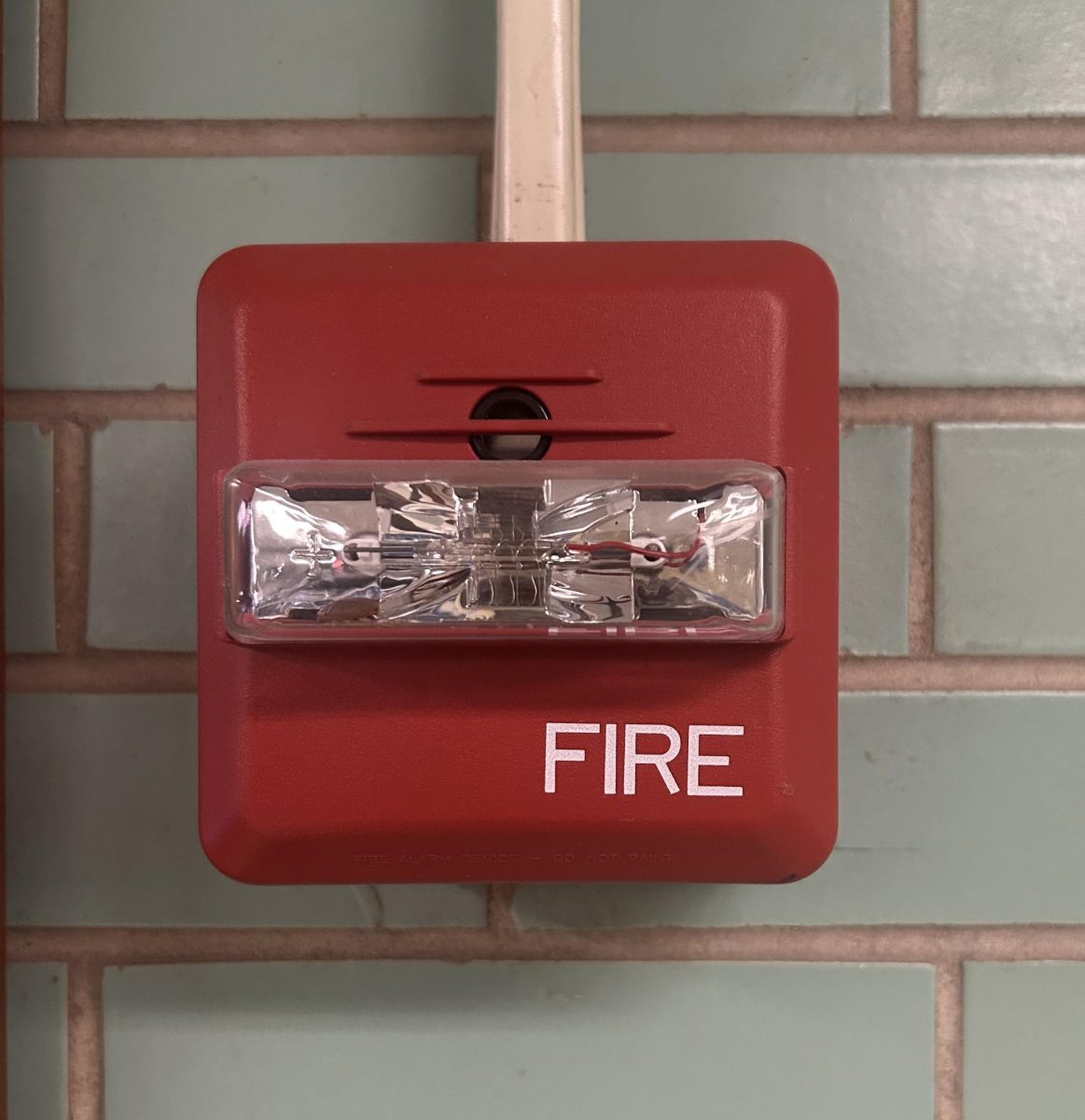This year, the math hallway at NHP has experienced an unprecedented rise in traffic. As more students utilize the corridor to access their classrooms, concerns regarding its overcrowding have grown. The higher volume of students passing through has raised questions about the hallway’s capacity to efficiently accommodate the growing number of people during passing periods.
Both teachers and students have been adversely affected by the overcrowded hallways. The congestion often results in students being late to class, as navigating through the dense crowds proves challenging. As a result, the four-minute passing period is often insufficient for students to reach their classes on time.
“Usually, I try to avoid the math hallway as best as I can, but those few times when I end up in the math hallway, it’s almost guaranteed I have to rush to class after the traffic,” junior Theodora Doukas said.
“Although it doesn’t make me late to class, it takes me an extra couple of minutes to get to where I need to be,” senior Jashlene Layug said. “Because of this, I try to leave my prior location as early as possible to beat the crowd.”
“The congested hallway poses an issue for me only if I forget something in the business office on my way down to class at the other end of the hallway,” business teacher Ms. Flood said. “I sometimes have to choose between being late or just leaving what I forgot behind. It also makes using the restroom between classes prohibitive.”
Additionally, many teachers and students report getting shoved due to how cramped the hallways are. The narrow route makes it difficult for students to navigate without bumping into others. This contributes to a heightened sense of frustration and stress during the already short passing period.
“The congested math hallways have often pushed me into the lockers and have almost gotten me late multiple times,” freshman Natalie Lee said.
“The overly crowded and chaotic scene of the math hallways is always a hassle to navigate,” junior Shalini Chatoorang said. “I’ve seen multiple people tripping, running and stopping because of the unstructured flow of students. I find myself constantly rushing to class while getting pushed around the halls.”
A Google Form was distributed to math and business teachers as well as students to explore potential causes and solutions for the issue. A total of 54 responses were received. Demographics are shown on the following chart.

Of the 54 responses from students and teachers, 43 of them identified the hallway’s proximity to the stairs by the two cafeterias and the library as the main source of the congestion. The second most commonly provided reason—with 42 respondents agreeing—was that the hallway acts as a “connector hallway” between the English and social studies wings. Other factors mentioned include the heavily used bathroom site, the presence of too many lockers and lack of variation in students’ daily routes.
When considering possible solutions, the NHP community proposed several creative ideas. Some suggested expanding the school’s infrastructure, such as linking the third-floor world language hallway to the science hallway or adding more bathrooms on the second floor. Others called for expanding the school to accommodate more classrooms and staircases.
Many also suggested implementing a more organized dismissal process to help reduce hallway congestion. Some proposed staggered dismissals or block scheduling to limit the number of students in the hallways at once. Others recommended designing student schedules with hallway traffic in mind. The most prevalent suggestion in this category was to redistribute classrooms to underused spaces, such as those in the tech hallway. In addition, several teachers emphasized the importance of limiting phone use during hallway transitions. They argued that students’ lack of situational awareness, often due to distractions from their phones, contributes to the congestion and slows the flow of traffic.
The most prevalent solution suggested was encouraging students to take alternative routes, such as the “dead hallway.” The dead hallway is located parallel to the math hallway, and it often goes unused because it is not home to any classrooms. By directing more students to this area to reach their English or social studies classes, hallway congestion could be reduced. One response highlighted how the courtyard is often neglected, especially during the winter months. The student suggested that using the courtyard could not only ease congestion, but also help students reach their next class more quickly.
While the exact cause of the increase in congestion within the math hallway remains unclear, the issue continues to persist, affecting the daily flow of students and staff. Despite gathering insights through surveys and suggestions, no single solution has emerged as a definitive fix. However, the ongoing conversation around the problem highlights a collective awareness and a willingness to explore potential remedies at NHP.






























